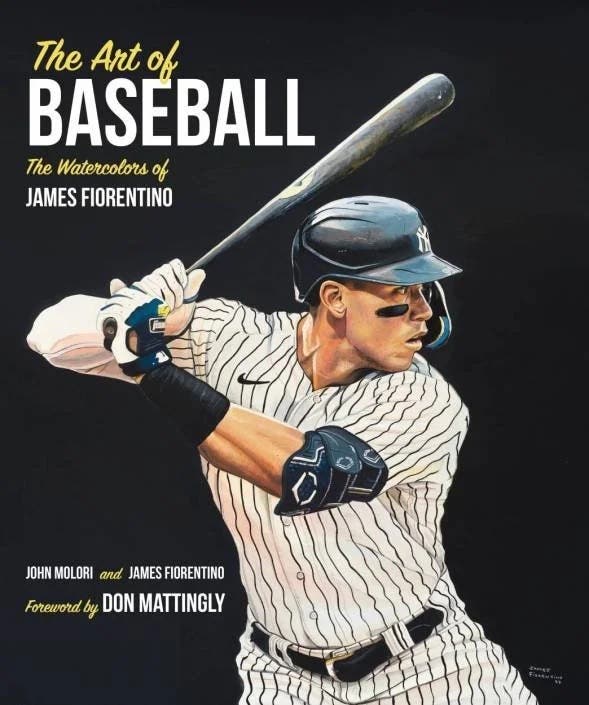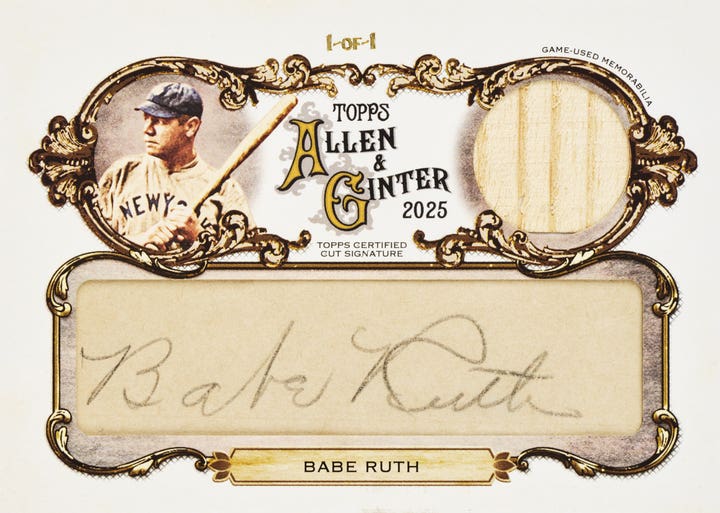News
Matlack kicked off his career serving up a milestone
Jon Matlack was finishing up his Rookie of the Year campaign in 1972 when he took the mound for the New York Mets against the Pittsburgh Pirates. The left-handed starting pitcher looked to the plate and saw right-handed hitter Roberto Clemente.
A future Hall of Famer, Clemente was perched on 2,999 career hits. However, Matlack had no idea.
“I was 22 years old, just trying to win a ball game and I was not having a very good day,” Matlack said. “I ended up walking five guys that day, and I think we lost 5-0 or maybe 5-2.
“I had thrown Clemente numerous fastballs and ended up with a 2-2 count. I was trying to get a backdoor curveball past him. I was a little miffed because I didn’t think it was going to be a good pitch, but he apparently liked it because he short-hopped the left-center field wall, and then all hell breaks loose. The umpire’s presenting him the ball at second base, etc.”
Matlack glanced at the scoreboard and quickly realized why the stadium was in a roar – he had just surrendered Clemente’s 3,000 career hit.
Sadly, it also was Clemente’s last hit.
Matlack, meanwhile, went on to a 13-year career, finishing with a 125-126 record and 3.18 ERA. He recorded 1,516 career strikeouts, was named a three-time All-Star and twice led the National League in shutouts.
“It was a fun career, filled with lots of hard work and challenges, but very enjoyable nonetheless,” said Matlack, who pitched for the Mets from 1971-77 and the Texas Rangers from 1978-83. “I had quite a few highlights, I was lucky. I was in three All-Star Games, including being named co-MVP of one of them. I participated in playoffs and the World Series. I was the Rookie of the Year. I don’t know if you put one ahead of the other. They’re all in there, and they’re all good.
“I was categorized as a power pitcher with better than average control. Every lineup I faced, I singled out a few players who I always was going to be very careful against.
“There wasn’t one player who, best I can recall, seemed to have my number. Nor was there a player who I seemed to have his number.”
Well, Matlack did admit he seemed to master then-future Hall of Famer Joe Morgan.
“After the first year I faced him, he seemed to always take the day off when I was pitching, or was given the day off,” Matlack laughed.
But then there’s John Boccabella, a 12-year catcher who had a .219 lifetime batting average. During the 1973 season while playing for the Montreal Expos in what was the second-to-last season of his career, he simply flustered Matlack.
“Many people probably wouldn’t remember him, but I seemed to throw everything but the kitchen sink at him, and yet he hit every pitch, including some for home runs. I tried everything I knew to get him out, yet couldn’t,” Matlack said.
Matlack won 15 or more games four times in his career. He was an All-Star in 1974, ’75 and ’76, and posted had a career-high 17 wins in 1976. He had 30 career shutouts among his 318 career starts.
“I was raised in an era when you didn’t want anyone else to be involved in your game. In my day, the starting pitcher was almost expected to go out there and deal with the game for all nine innings,” Matlack said. “I pitched before the era of set-up men, closers, etc. The mentality was, when it was my day to pitch, I was going to be out there. And one of the sure ways to stay out there was to keep putting zeros on the board.”
Why do so few pitchers nowadays throw complete games?
“Because we’re not developing them. The game has changed,” said Matlack, who in 1996 was the Detroit pitching coach, and since 1997 has been Detroit’s minor league pitching coordinator.
“Minor leaguers are saddled with pitch-counts, a lot of which is predicated on health and probably – rightfully so because today’s amateur doesn’t have the enduring strength that some of the guys of yesteryear did. Plus, they do so much now in the weight room, so that has an impact, as are agents – they’re advising their players on longevity.
“We’ve specialized the game so much now, such that we have guys who just pitch the sixth or seventh innings, or just the eighth or the ninth. Many teams are just looking for five innings out of their starters, and anything beyond that is a plus. The game sure has changed, no doubt.”
Matlack shared the All-Star MVP Award in 1975 with Bill Madlock after the National League triumphed, 6-3.
“It was sort of comical after the game because both of us did fairly well in the game,” Matlack said. “As we left the field and were making our way into the locker room, we heard someone yelling. I thought they were yelling, ‘Madlock,’ yet he thought they were yelling, ‘Matlack.’ We both ended up going back to the field,” to get the award.
“I thought I played well that day, pitching the seventh and eighth innings, giving up a single to Claudell Washington, but then picked him off. I struck out four of the next five batters and felt like I threw the ball well that day.”
Matlack pitched in the 1973 National League Championship Series against Cincinnati, then for the Mets in the World Series against Oakland.
“The mind is willing to return to the mound, but the body says, ‘Oh no you don’t!’ ” said Matlack, now 57. “Baseball was a fun time, an exciting time. I was just happy to be in the game then. I think I enjoyed the National League more than the American League.”
Especially since he had bone chips removed from his elbow while pitching for Texas.
With the Rangers, Matlack broke up George Brett’s 30-game hitting streak in 1980.
“Texas was hot; that’s one thing I remember for sure,” he said. “The game continued to be fun with the Rangers, but it was different – environment, weather, training, preparation, etc. The lineups we faced were a little tougher, mostly because you didn’t have the pitcher batting.”
Matlack had 97 complete games during his career, pitching 2,363 career innings.
“I keep up with baseball now as far as the job dictates and what our club is doing. But I’m not up on some things as some fans are,” he said. “I’m a participant. I have never enjoyed watching. The watching really only becomes interesting when there are people involved who I have worked with or know.”
Matlack last pitched in the majors on Sept. 15, 1983.
“Pitching is like real estate – location, location, location,” he said. “Others might argue that stuff is important, and sure, stuff will allow you to get by with a few more mistakes. But when it’s all said and done, it’s where you put it that’s most important.”
Matlack has averaged one card show appearance annually for the past few years, and he was a guest at the 2007 National Sports Collectors Convention in Cleveland.
“It’s neat to do the shows,” he said. “There’s a right way and a wrong way to ask for autographs, and a right and wrong time. Most people are very cordial about that.”
Matlack still receives regular fan mail. During his playing days, Matlock answered his fan mail while on the road.
Matlack is not much of a sports memorabilia collector, however, though he did save select items, such as gloves, scorecards, programs, ticket stubs and uniforms.
“I’m not sure I kept that stuff for any particular reason,” he admitted. “If I had a little more foresight, I certainly was in an environment that would have led me to collect from some great players. And there were players who did that, collecting autographs from other players. I’m sure that stuff is worth a fortune today, but I never thought about it. I’m still amazed by what’s out there today.”
Matlack appeared on a 1971 Topps card (No. 848) and a valuable 1972 card, too (No. 141). In the 1980s, he appeared on cards from Donruss, Fleer and others.
Matlack’s most memorable memorabilia tale dates back to an autograph signing at a mall on Long Island in the 1970s.
“A teenage girl approached and had nothing to be signed,” Matlack said. “She asked if I would sign her Tweety. Her request certainly caught me by surprise because I had no idea what she was talking about.
“She then took off her denim jacket, and on the back of it was an embroidered Tweety bird. I was totally out in left field. I had no idea what she was talking about.”
Matlack’s personal memorabilia is not on display at home. Instead, it’s boxed up and stored in his garage.
Matlack said he has never asked for an autograph for himself, just for others.
Why not?
“I’m not sure. It never was anything that was interesting to me,” he said. “I guess it goes back to the fact that I’d rather participate than watch. I was more a do-er than a watcher.”








